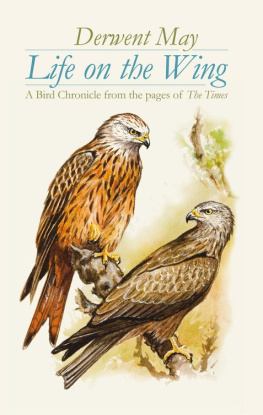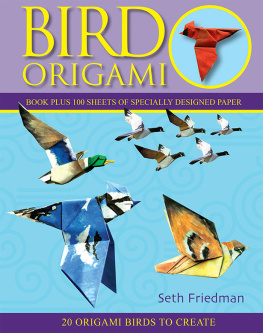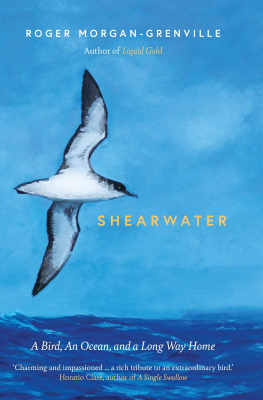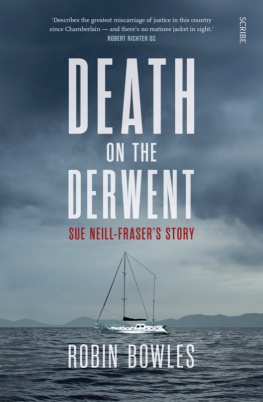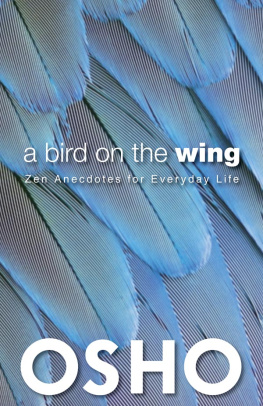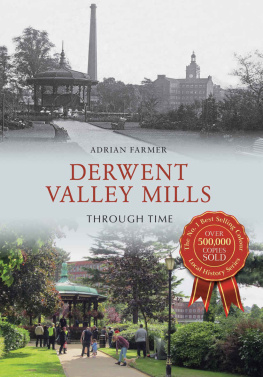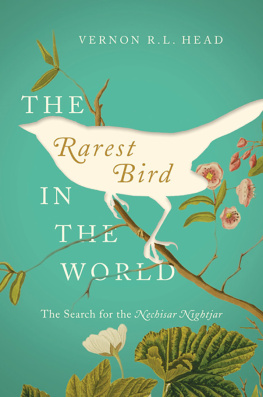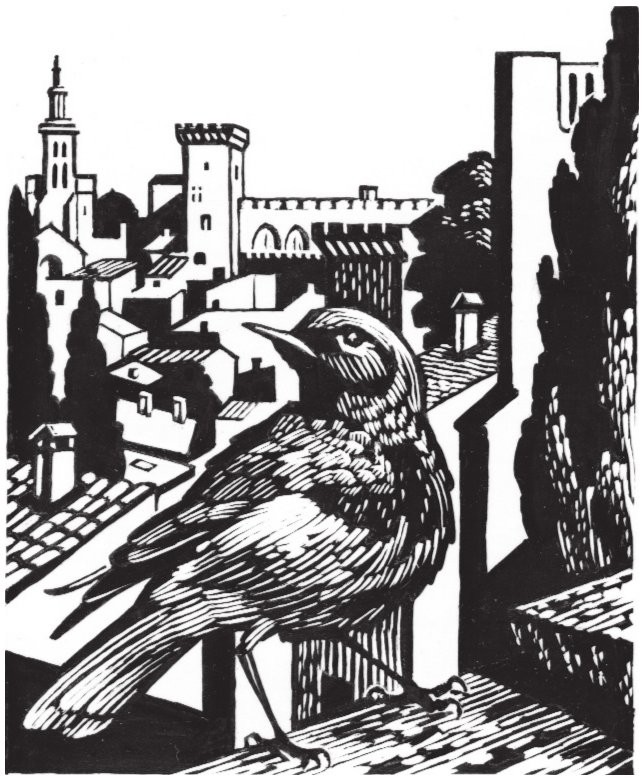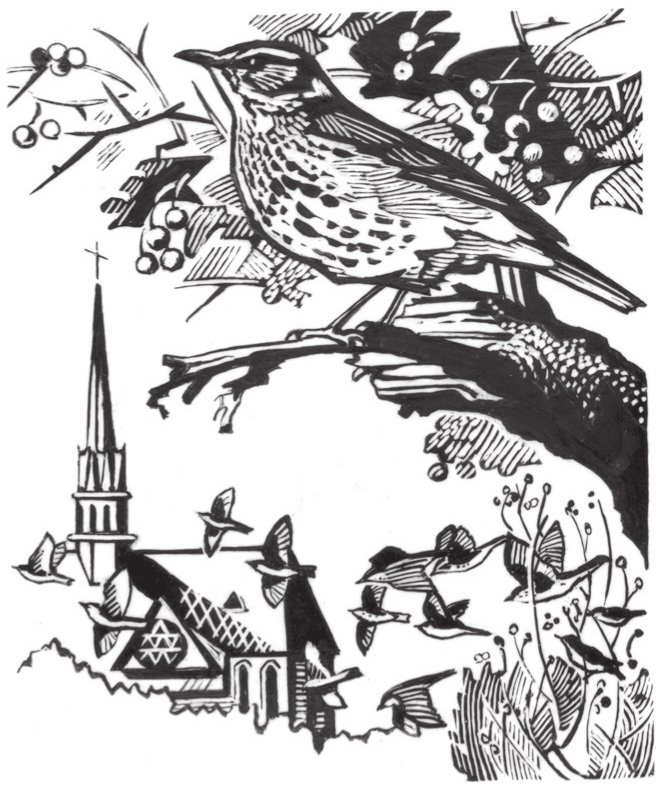O n the January day when I began to write this introduction to my book, a song thrush was singing for the first time this year in the trees at the end of my garden. The notes rang out loud and clear bright, crystal-clear notes and trills, now repeated three times, now four, on and on in the morning sunlight.
Every year, for several years in the past, there had been a song thrush singing there from January to June. Then, in the last two years, none came, and there was silence in the treetops. It was exquisitely pleasurable to think that once again throughout the spring, with luck I was to have that song, itself so joyous-sounding, just outside my window.
That intense pleasure in birds began, I think, on country walks with my father and sister when she and I were small children. Then, when I was fourteen, I set out to study the willow warblers that came in summer to a birch common near our home plotting their territories, finding their nests, watching them bring up their young. I had written two articles about them in bird journals British Birds and Ibis before I left school.
Then other interests in my life supervened. But in due course I started taking my own son for long walks in the countryside along the Ridgeway and the Malverns, and in the Lake District and suddenly all my delight in birds flooded back. I think it got a special boost when I met an elderly ornithologist who addressed me: Ah! Willow warbler May!
For thirty years now I have been writing about them in The Times. I have followed their lives in many regular haunts of mine estuaries, marshes, heaths, the seashore, as well as countless woods and fields and country lanes. I have also sought them in wild places, in mountains and on islands.
But I can find pleasure in them anywhere. Even a starling flying past my window a few flaps of its wings, a glide, another few flaps, in its inimitable way can give me, for a moment, all the contentment that I wish for.
Derwent May
I n the churchyard of St Marys, in the village of Bayford in Hertfordshire, lies the body of one of the greatest British ornithologists, William Yarrell. His authoritative book, A History of British Birds, was published in 1843. It was illustrated by 550 engravings and it became an immediate bestseller.
The pied wagtail was given its scientific name in honour of Yarrell Motacilla alba yarrellii and the French, touchingly, still call the pied wagtail the bergeronnette de Yarrell, or Yarrells little shepherdess.
He has a fascinating tomb in the hillside churchyard, with its views to the north across the blue countryside. A broken railing overgrown with nettles surrounds it, and inside are the graves of his whole family. He died in 1856, and wrote his own epitaph for the tomb: He was the survivor of 12 brothers and sisters who, with their father and mother, are all placed close to this spot, first and last. The earliest summoned and the longest spared are here deposited. You can still see all their tombstones: long stone casings on the ground for the adults; little stone plaques for the children.
While I was looking at the tomb some goldfinches were making their tinkling twitters at the top of a bare ash tree and a robin was singing softly in a hedge. The churchyard also had several neat yew trees, and suddenly a redwing flew out of one of them. No doubt it had been feeding on the juicy, pink yew berries.
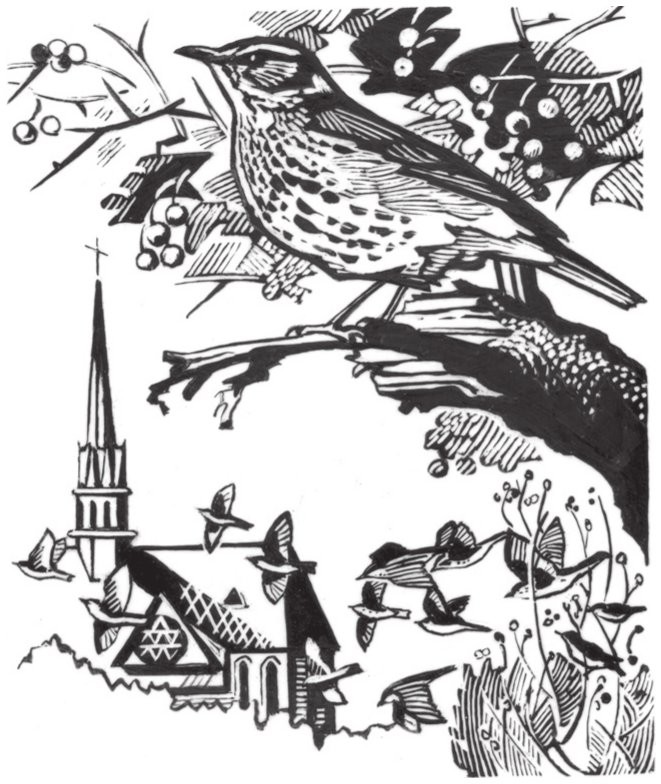
Redwing
It was followed rapidly by another, then another, and suddenly the whole sky to the north of the churchyard was filled with redwings flying about in their wild, erratic way. The sun was low in the sky behind me but its rays were strong and fell directly on the flying birds. So the bright red feathers under the wings of these wintering thrushes all shone out brilliantly as the flock whirled around above the sunlit landscape.
It was a spectacular sight while it lasted. I could not help feeling that Yarrell must have seen it sometimes in the winter, and that he would have been glad to know that the birds were still performing above his tomb, more than 150 years after he died.
Four blackbirds have been coming on to the lawn in my garden to eat the food that I have been throwing down for them.
One is a handsome male, jet black with a bright yellow bill and a yellow ring round his eye that gives him a wide-eyed, startled look. Another is an adult female, with very consistent dark-brown plumage except for some paler feathers under her chin. Then there are two younger birds: a young, black male that can be distinguished by the dark-brown ends of his wings and his duller yellow beak, and what I suppose is a young female, brown with a very mottled breast like swirling muddy water.
I think they are a family from last summer, though there is no evident family feeling between them. In fact, watching their relationships is very interesting. If the adult male comes down first, he seems to regard himself as owner of the garden, and flies fiercely at the next comer. The intended victim generally dodges him and stays, and the others follow it down. After that the owner shows no interest in the other birds until they come near him.
However, if the adult female lands on the lawn first, she seems to take the view of herself that the adult male did of himself and moreover he now seems to share that view. I see him sitting on the fence looking down at her very warily and, sure enough, as soon as he drops down onto the lawn she flies at him. She is now the owner.
Nevertheless, before long they are all feeding in the garden together again. They tuck in eagerly but repeatedly pause to look round the garden and up at the sky for fear of enemies.
The young ones are less aggressive, but they too will sometimes try to chase another of the party away. In fact, between them, they spend a lot of time quarrelling and leaving the food unattended. A song thrush comes down occasionally, and once I saw the adult female fly at it, and land at the end of the garden. The thrush just flew nimbly over her head, picked up the very crumb she had been eating and fled with it. The blackbirds attack had just been self-harming.
Why do blackbirds behave like this? In the short term it clearly does them no good. The answer must be that in the long term their aggressiveness serves them, and that all in all they live better the more aggressive they are. Still, you often feel like shouting at one of them: Stop it, you idiot!

